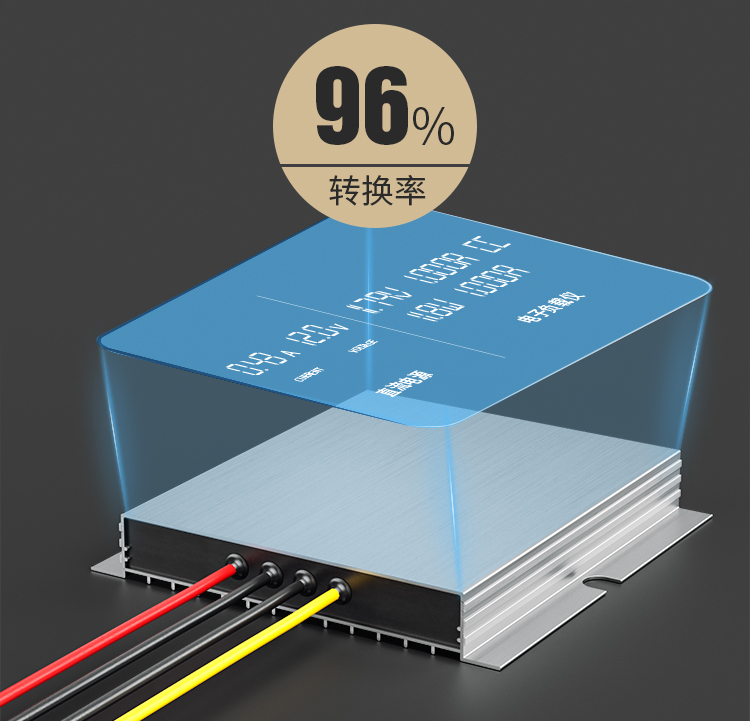Switching mode power converters are widely used in electronic technology across multiple industries, including industrial, commercial, and medical sectors. For applications based on low-power DC-DC conversion, most modern power conversions are accomplished using three main types of power converters: buck, boost, and buck- boost.
Buck converters typically regulate the input voltage from zero to a value slightly lower than the input voltage. The boost converter switches between the mode of storing energy in the inductor and the mode of releasing the inductor to meet the output requirements, and the mode of releasing the stored energy in the inductor to recharge the capacitor while maintaining overall energy balance.
Buck Boost converters can use the same circuit to boost or buck the voltage according to the application at hand.
Buck-boost converters are known to convert the positive DC voltage on the input side to a negative DC voltage on the output side. The on-state of the switch determines the working nature of the circuit.
Buck-boost circuits use inductive elements and switches to convert voltage. When the switch is turned on, the inductor stores energy and transmits current into the load. When the switch is turned off, the inductor releases the stored energy, which keeps the current at the load stable. By appropriately controlling the switching time of the switch, the input voltage can be increased or decreased, so that the voltage can be converted up and down.
In order to achieve high-efficiency power conversion, we need to reasonably design the control strategy of the switch, and in the traditional buck-boost circuit, the PWM (pulse width modulation) control mode is often used to adjust the on-time of the switch to achieve accurate control of the output voltage. By adjusting the duty cycle of the PWM signal, the ratio of the time for the switch to turn on and off can be controlled, so that the output voltage can be accurately adjusted.

In addition to PWM control, a common buck-boost circuit control method is Pulse Frequency Modulation. Unlike PWM control, pulse frequency modulation regulates the frequency at which the switch is turned on and off, rather than the duty cycle. By adjusting the pulse frequency, the output voltage can be adjusted.






